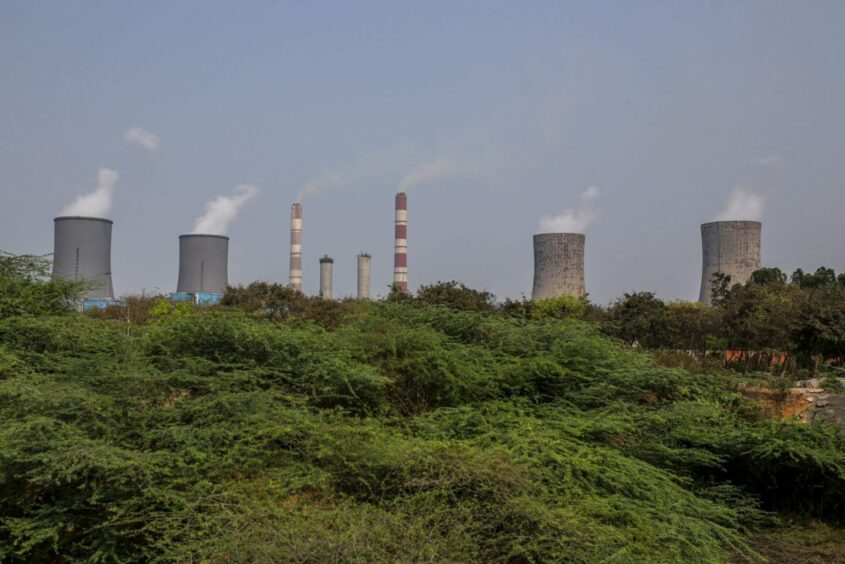
India is discussing a plan to keep old power stations running for longer, arguing that they’re needed to meet demand until enough energy storage can be built.
The world’s third-biggest emitter of greenhouse gases currently runs most of its electricity plants on coal. While the country plans major investments in renewables, it has said reliable fossil-fuelled power is necessary during the energy transition to ensure economic growth until energy storage costs fall.
“Continued operation of the plants which have already completed 25 years of operation will be in the interest of the electrical grid,” the Power Ministry said in a note for consultation. “It would be prudent to continue to operate the existing efficient thermal capacities,” conserving capital to build new plants.
India has said affordable energy storage is essential if it’s to replace coal. The South Asian nation has blamed richer countries for not investing enough in storage technology. It has also pushed for a decision at the COP27 climate summit on a global phase-down of all fossil fuels — not just coal — eager to avoid being singled out for its dependence on the polluting commodity.
Across the world, energy-security concerns are vying with climate targets as countries map out transition paths. Coal is enjoying a revival in Europe after Russian gas flows fell following the invasion of Ukraine. India, where power use surged this summer amid record temperatures, is increasing mine output.
Power companies would keep their ageing plants in a separate “pool” if the plan goes ahead, according to the ministry’s note. States wishing to buy electricity could then request supplies from the pool.
The power plan would help plants that produce expensive electricity — such as gas-fired units and coal generators located far from mines — by pooling them with those supplying cheaper energy, according to Rupesh Sankhe, vice president at Elara Capital India Pvt. in Mumbai.
“It would also allow the government to revive some gas-power capacity that will be key to keeping the grid stable as we inject more solar and wind energy,” Sankhe said. State-run NTPC Ltd., which owns most of the older plants, would likely be the biggest beneficiary of the plan, he said.
